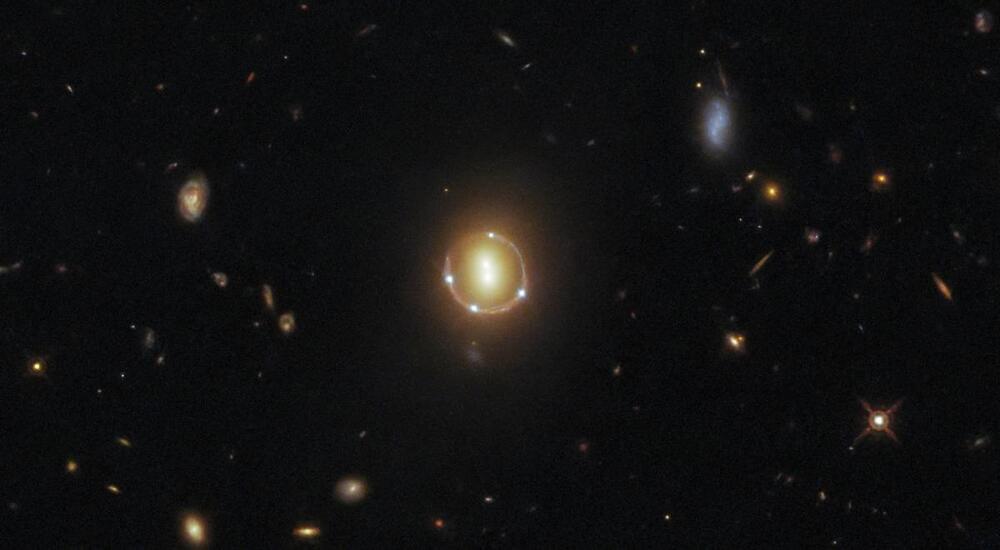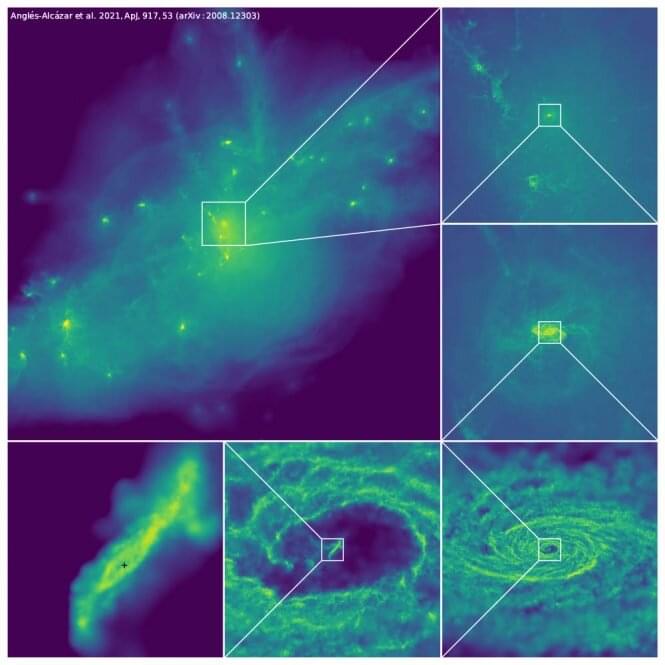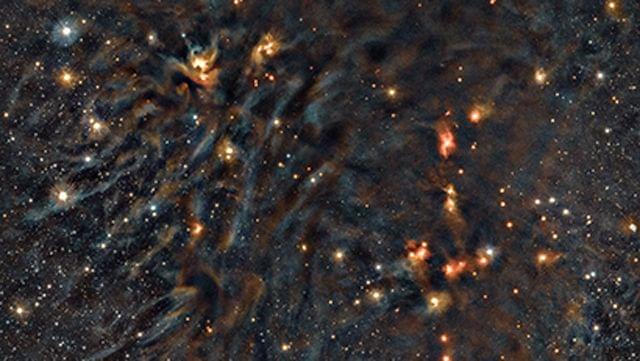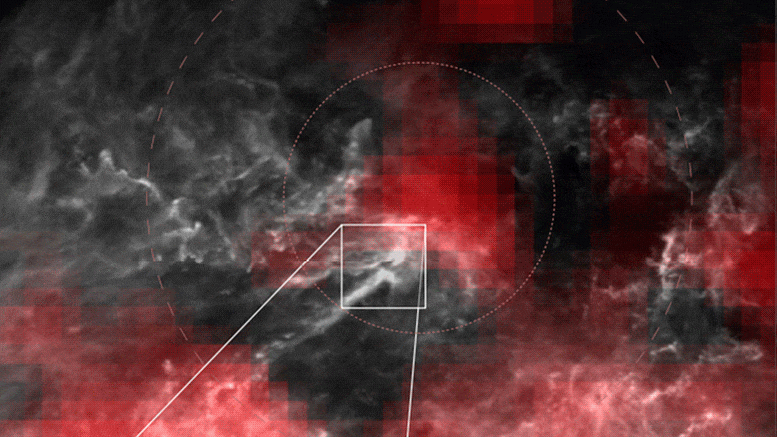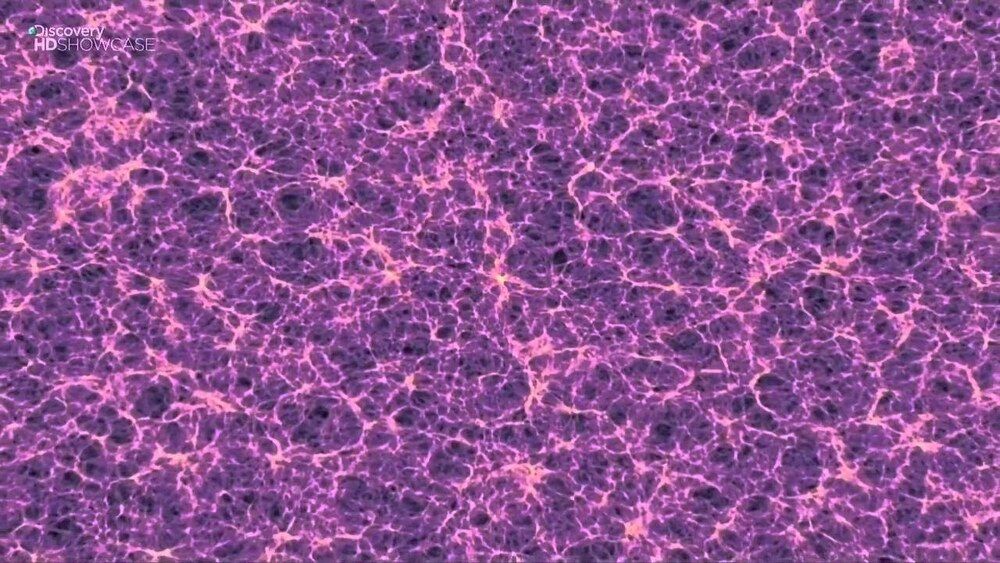Aug 25, 2021
‘Flashes of Creation’ recounts the Big Bang theory’s origin story
Posted by Genevieve Klien in categories: cosmology, particle physics
In ‘Flashes of Creation,’ author Paul Halpern tells the story of George Gamow, Fred Hoyle and their decades-long sparring match about the Big Bang.
Flashes of Creation Paul Halpern Basic Books, $30
The Big Bang wasn’t always a sure bet. For several decades in the 20th century, researchers wrestled with interpreting cosmic origins, or if there even was a beginning at all. At the forefront of that debate stood physicists George Gamow and Fred Hoyle: One advocated for an expanding universe that sprouted from a hot, dense state; the other for a cosmos that is eternal and unchanging. Both pioneered contemporary cosmology, laid the groundwork for our understanding of where atoms come from and brought science to the masses.
Continue reading “‘Flashes of Creation’ recounts the Big Bang theory’s origin story” »

